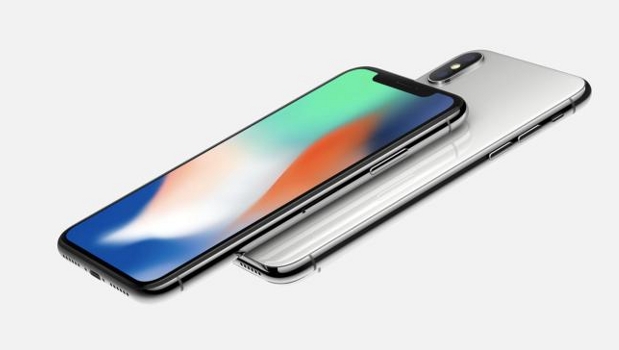Apple’s iOS 11 is now the company’s most popular mobile platform, according to new data shared by the company.
Less than two months after its release on 19 September, the mobile platform has achieved a 52% adoption rate, Apple said on its App Store support webpage for developers.
Within a week of its initial release, the latest version of iOS was already powering 30.21% iDevices. While that uptake rate may seem fast, it was far slower than last year’s iOS 10 or 2015’s iOS 9, which achieved the fastest uptake to date.
Currently, iOS 10 is used on 38% of Apple mobile devices and just 10% continue to use earlier versions of the mobile OS, according to the company.
According to business analytics service Mixpanel’s data , adoption of iOS 11 surpassed iOS 10 on 10 October. Today, Mixpanel’s data shows iOS 11 is being used on 65% of devices, while iOS 10 is being used on about 28% of them.
While iOS 11’s uptake may seem like a steep trajectory, the iOS 9 uptake rate far outpaced it – taking a mere 10 days, it garnered 50% of the install base.
One thing that might have slowed early adoption rates this year: Apple introduced two different iPhones in September – the iPhone 8 and 8 Plus, which were available late in September, and the iPhone X, which went on sale on 3 November. Would-be iPhone X buyers may have skipped their iOS 11 upgrade, knowing they’d get it on the new phone.
A different story for Android 8 Oreo
In contrast, Google released the next iteration of Android (Oreo) on 21 August, and it had been installed on a mere 0.49% – less than half of 1% – of devices in the first two months since its release. Android Marshmallow and Android Nougat were deployed on 25.82% and 22.62% of devices, respectively, as of 19 October.
Those numbers point to the more fragmented nature of the Android OS ecosystem, a point of continual debate by users of the rival systems.
According to Google’s own statistics, Oreo had only seen 0.2% uptake as of 2 October.
Because Google can’t force mobile carriers to deploy new versions of Android, slow uptake rates aren’t unusual. That sluggish adoption curve has raised concerns about security, but most device makers say the added time allows them to offer the most adaptable strategy to hit all device price points from low to high end. That’s something Apple doesn’t really do as much, according to Gold.
While Android OS and Apple iOS make up nearly 94% of smartphone operating systems, Android is by far the dominant one for smartphones, capturing 73% of the smartphone market. More than 1.8 billion smartphone owners used Android phones in 2016, according to Forrester Research.
Android is expected to maintain that lead, with more than 74% market share through 2017, followed by Apple (21%) and Windows Phone (4%).
IDG News Service








Subscribers 0
Fans 0
Followers 0
Followers